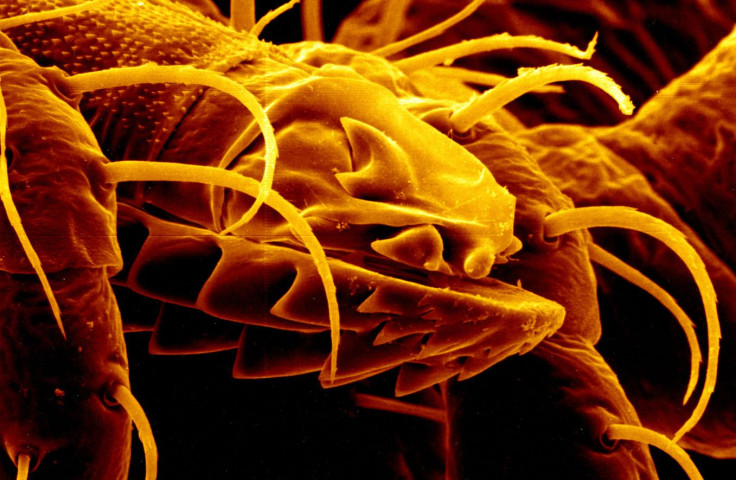Lyme Disease Cases Are Rising As Warmer Temperatures Allow Ticks To Thrive

Lyme disease is still around, and it’s spreading, according to the Centers for Disease Controland Prevention (CDC). In the latest Emerging Infectious Diseases Report, the CDC says that a “geographic expansion of high-risk areas” is occurring, and that the uptick in diseases might be due to climate changes that favor tick survival or geographic dispersal of infected ticks.
"I think everyone agrees that climate change has something to do with it (the overall spread)," Dr. Alan Barbour told NBC News. Though Barbour wasn't involved in the study, he studies tick-borne diseases at the University of California, Irvine, and wrote a book on Lyme disease.
It isn’t completely certain what’s causing the disease to spread, but what is for sure is that more people than before are at risk of being infected. Researchers say the disease is gradually spreading from the Northeast to areas in the south, east and west. The CDC found “high-risk” counties in 17 states, including populous ones like New York and Pennsylvania. The study looked at reported Lyme disease cases between the years of 1993 and 2012.
"Our results show that geographic expansion of high-risk areas is ongoing, emphasizing the need to identify broadly implementable and acceptable public health interventions to prevent human Lyme disease," the study says.

What is Lyme Disease?
Lyme disease is an infectious disease caused by the bacteria Borrelia. Transmitted to humans by ticks, the disease typically causes a red rash known as erthema migrans to occur on the body, an occurrence that is normally not itchy or painful. About 25 percent of people do not develop this common first sign of the disease though, and other common early symptoms include headache, fever, and exhaustion. If the disease goes untreated, a patient may experience joint pains and stiffness, severe headaches, and may lose the ability to move one or both sides of their face. Despite appropriate treatment, a minority of patients still develop joint pain and have problems with memory.
There used to be a vaccine for Lyme dsease, but the manufacturer stopped producing it because demand was too low. Research is ongoing to develop a new vaccine, but current prevention strategies include wearing covering clothing to prevent tick bites and using insect repellent.
Lyme disease is the most common tick-borne illness in the Northern hemisphere. More than 30,000 cases of Lyme Disease are reported to the CDC every year, but some reports say it’s most likely much more common than that — 300,000 cases might be closer to the truth, Diagnosis of the disease is based on a combination of symptoms and possible blood testing for antibodies. Often, blood tests are negative in the earliest stages of the disease. Lyme disease was named as such because of a cluster of cases in 1975 that encompassed the Connecticut towns Lyme and Old Lyme.
Published by Medicaldaily.com



























